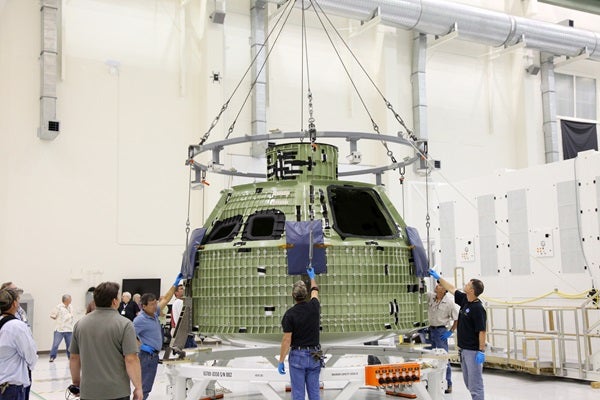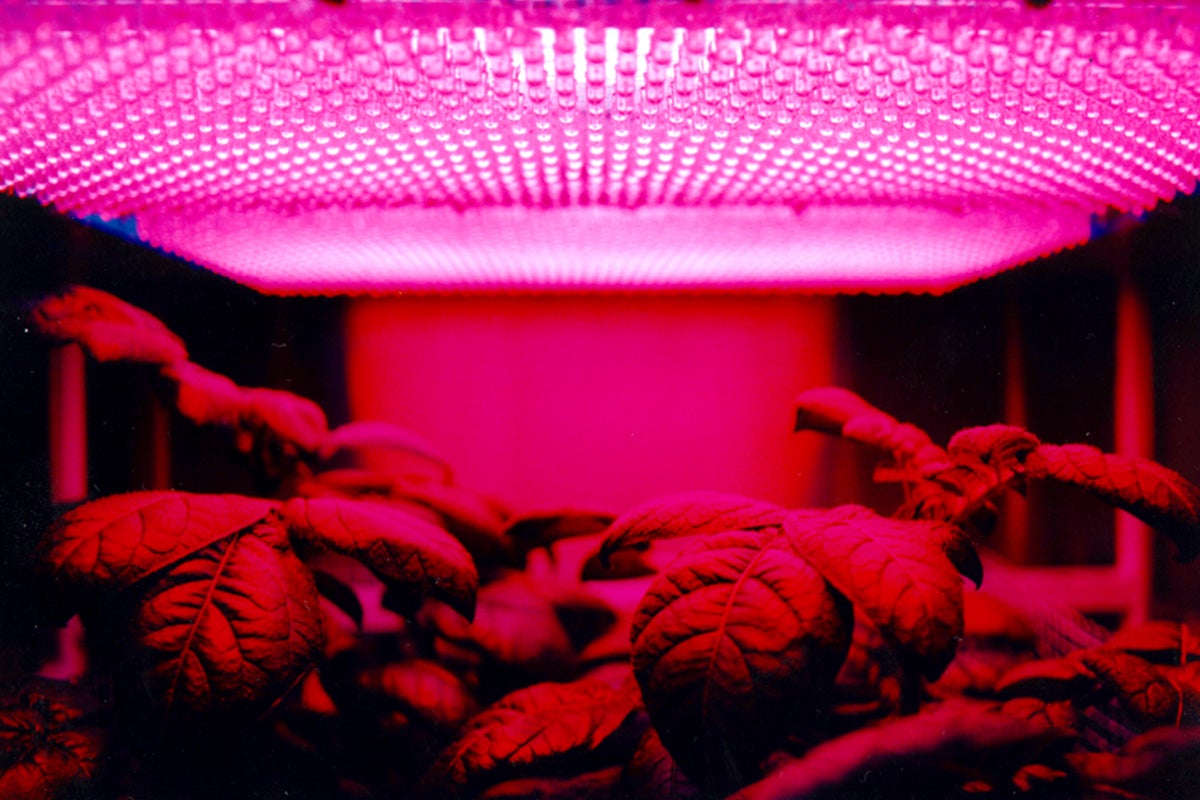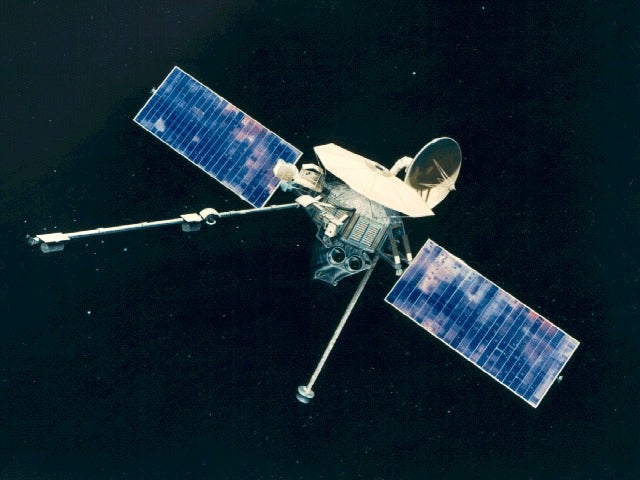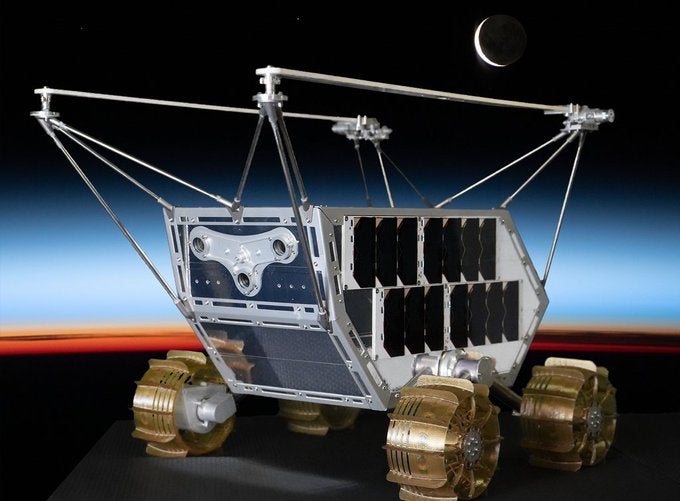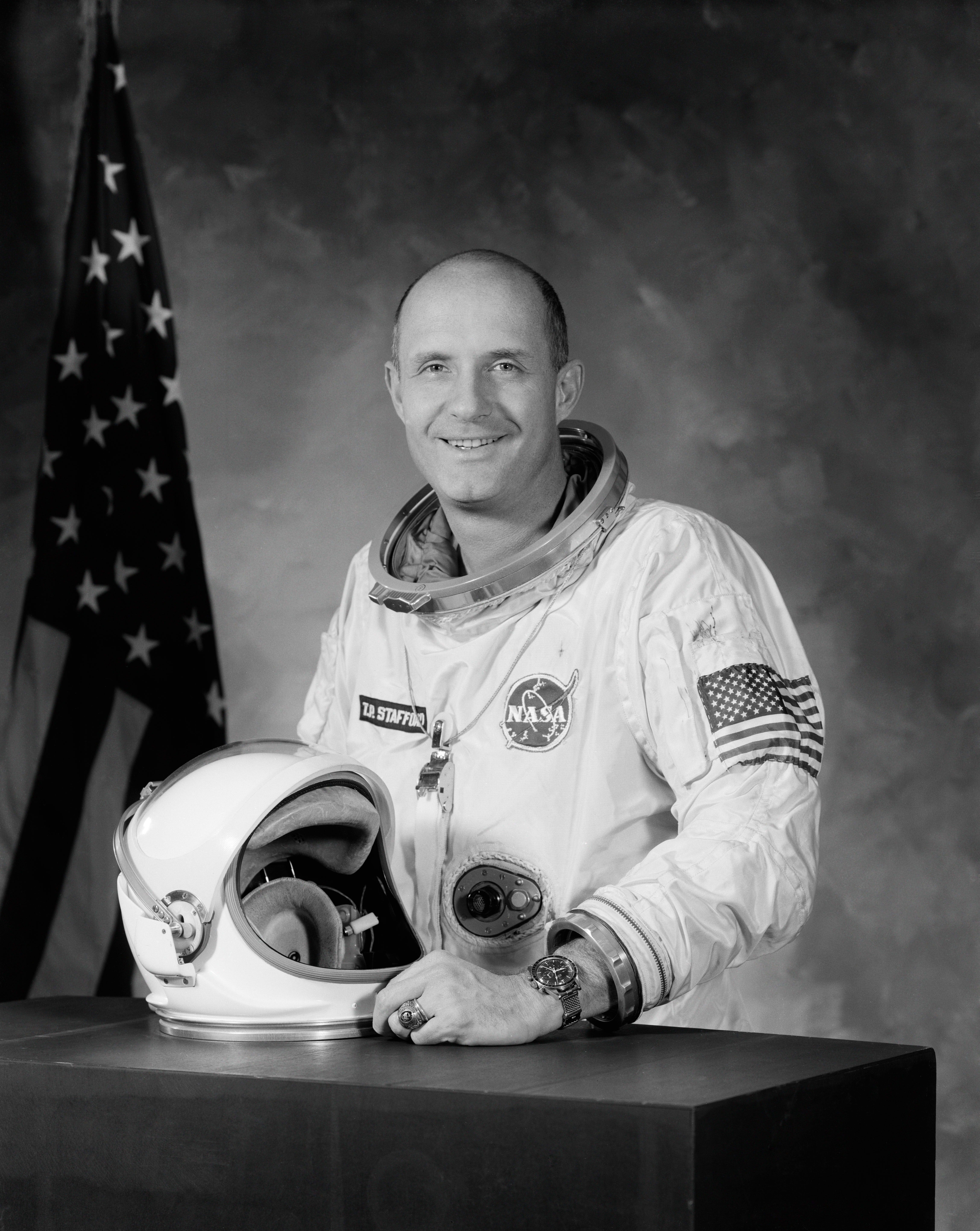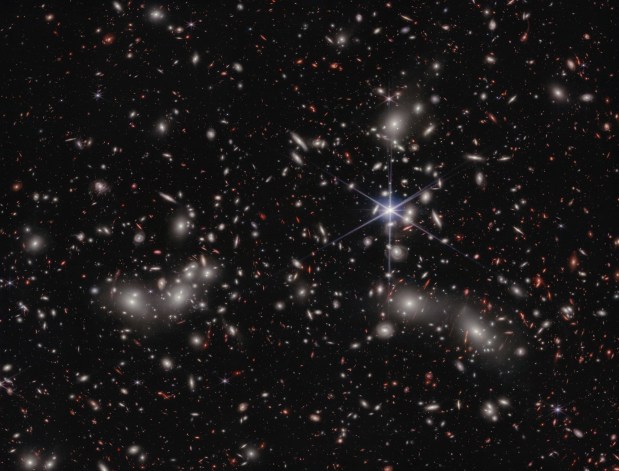Orion will be the most advanced spacecraft ever designed. It will provide emergency abort capability, sustain astronauts during space travel, and provide safe reentry from deep space.
The 2014 uncrewed flight, called Exploration Flight Test-1 (EFT-1), will be loaded with a wide variety of instruments to evaluate how the spacecraft behaves during launch, in space, and the through the searing heat of reentry.
Later Orion spacecraft will take astronauts on missions to destinations far beyond Earth, like an asteroid and Mars.
Lori Garver, NASA’s deputy administrator, will join a group of officials to welcome the Orion spacecraft Monday, marking its arrival at Kennedy — a major milestone in the construction of the vehicle. The space-bound Orion was welded at NASA’s Michoud Assembly Facility in New Orleans, Louisiana, in the same factory that built the external tanks for space shuttle missions.
Assembly at Kennedy will take place in the high bay of the Operations and Checkout Building (O&C). The O&C was refurbished extensively in 2006 and has been outfitted with large fixtures and tools to turn the aluminum shell of Orion into a functioning spacecraft complete with avionics, instrumentation, and heat shield.
In 2014, a Delta IV-Heavy rocket from United Launch Alliance will lift the spacecraft into orbit. Its second stage will remain attached to the capsule and will be fired to raise the Orion’s orbit to 3,600 miles (5,800 kilometers), about 15 times higher than the International Space Station. The mission will last only a few hours, long enough to make two orbits before being sent plunging back into the atmosphere to test it as deep-space reentry speeds.
Designed with astronauts in mind, Orion will take crews beyond Earth orbit for the first time since 1972, when Apollo 17 completed the last Moon landing. The Space Launch System (SLS) — a gigantic rocket akin to the Saturn V that launched the Apollo spacecraft — is being developed to launch future Orion missions to deep space. The first launch of the SLS, with Orion atop, is scheduled for 2017.

